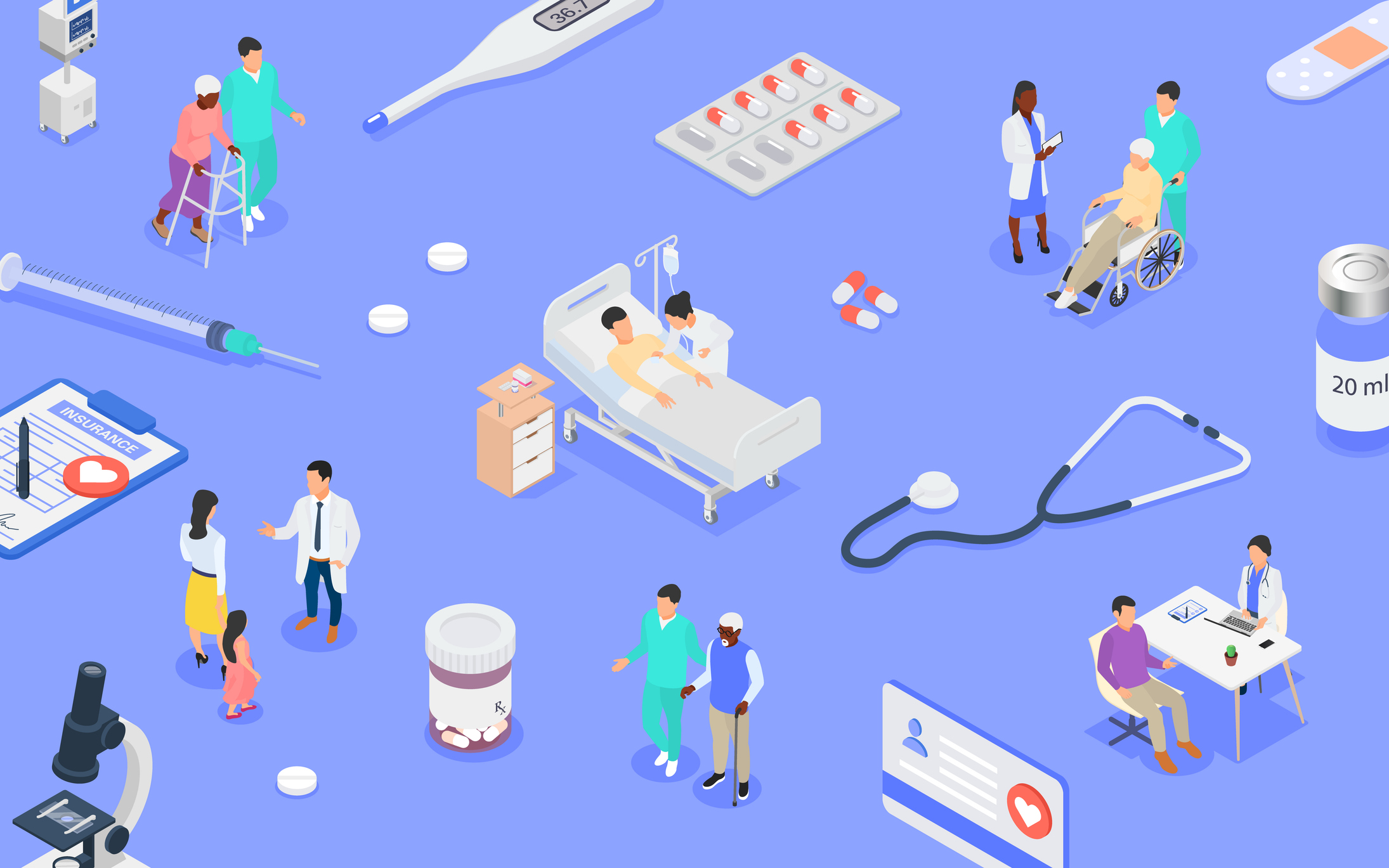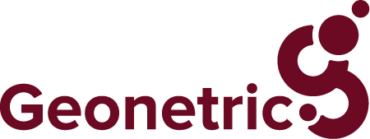If your healthcare organization has been considering making the jump to a digital experience platform (DXP), you might be wondering if it’s the right choice for you — or when is the right time to make the move.
There is no one-size-fits-all answer to this question, but there are several scenarios in which your team might decide it’s time to implement a healthcare DXP and start researching your options.
Check out these common challenges organizations often face when they decide to move to a DXP, and why Optimizely One for Healthcare is the perfect platform to implement when it’s time for a change.
1. You want to prioritize personalization
Your content management system (CMS) might have fit your organization’s needs so far. But today’s consumers demand more personalized digital experiences, and if your CMS can’t keep up, you may lose prospective patients to your competitors who can provide what they’re looking for.
With a DXP like Optimizely, you can provide highly personalized patient experiences powered by data from various sources. You can create personalized experiences that appear after specific actions like button clicks or form submissions and even set up automation that updates segments and decides who to target based on real-time website visitor data.
2. Your organization uses a complex digital ecosystem and wants to consolidate tools
If you work for a large hospital or a health system with multiple locations, chances are that you have your hands full with managing your different websites, tracking analytics, and overseeing multiple content marketing initiatives.
You don’t need us to remind you, then, how time-consuming and frustrating it can be to juggle multiple content marketing, website management, and analytics tools. With Optimizely, you can consolidate your most-used tools into one platform and seamlessly integrate it with the rest of your tech stack.
3. You want to launch large-scale digital health campaigns and patient engagement strategies
CMS platforms are great, until you want to level up your marketing with large-scale campaigns or complex patient engagement strategies. When your organization is ready for that type of sophistication, a DXP is a must.
Optimizely allows healthcare teams to collaborate, create, launch, track, and optimize digital campaigns from one platform, giving you to reach more patients with the resources you already have.
4. Your organization is growing — fast
New locations? No problem! A healthcare DXP enables your team to manage multiple websites with added features like geographic targeting to help you push into new locations and increase brand awareness among new consumers.
If your organization is growing, check out our blog post on how a DXP like Optimizely can help you manage your growth and confidently enter new markets.
5. You want to dive further into analytics and optimization
The strongest marketing strategy is one that’s backed by data, but your current content management system may not give you the robust analytics you’re looking for.
Optimizely allows you to track what marketing tactics are working for you and which aren’t, with features like unified reporting dashboards, content intelligence suggestions, and customer profiles to give you the insights you need to constantly improve.
See what a healthcare DXP can do for you
If you’re ready to see the difference a digital experience platform can make at your organization, Geonetric is ready to help. We were selected as the 2024 Rising Star Solution Partner of the Year at Optimizely’s 2024 Partner Awards, meaning we’re equipped with a unique understanding of how healthcare organizations can get the most value out of a healthcare DXP like Optimizely.
Contact our team today to request a demo of Optimizely, or download our free DXP eBook to learn more about this powerful platform!










